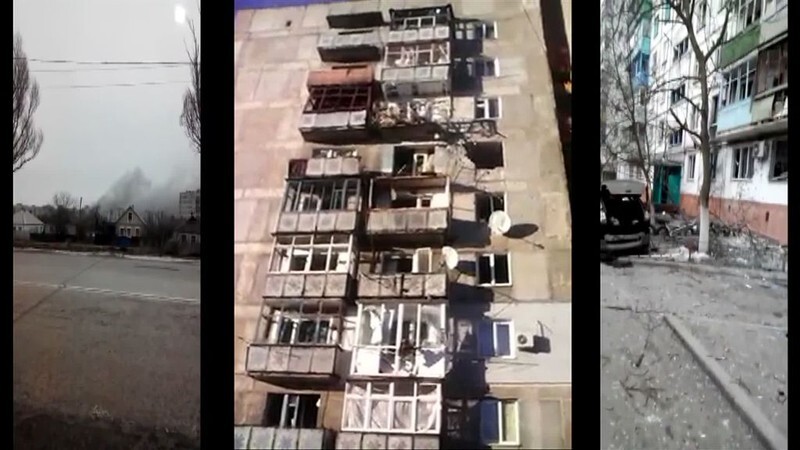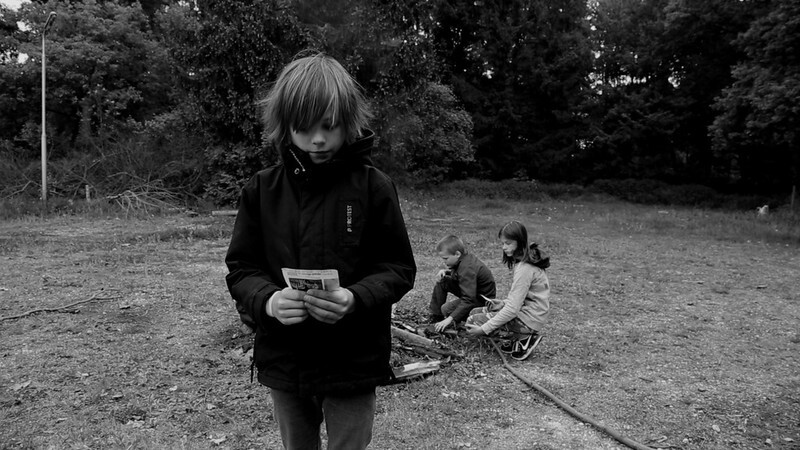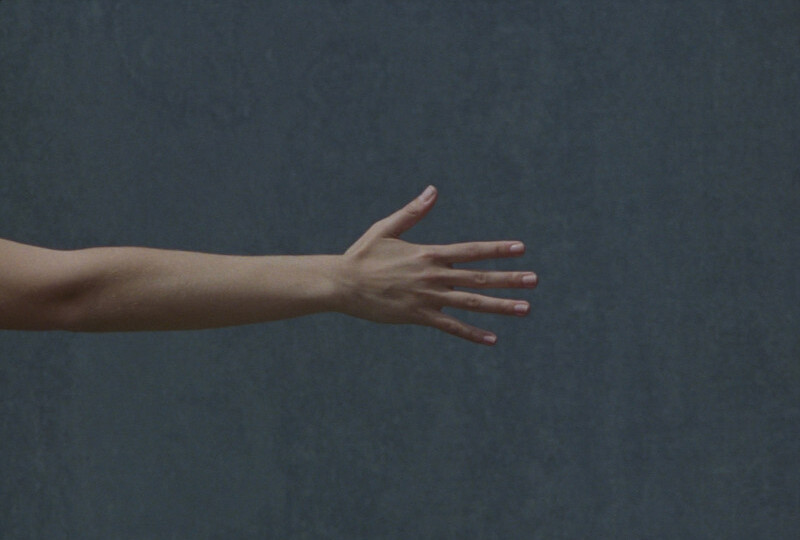The Experimental Nature of the 19th Jihlava IDFF
Cinema is perhaps the ultimate technological art form. Mechanical reproduction made it possible, and new inventions had a crucial role in its development over the last century. Now it is both challenged by the digitally initiated decline in celluloid and invigorated by everything from iPhone cameras to motion-capture and computer generated images. Cinema is as closely connected with technology as it has ever been.
It is then all the more intriguing that so many of the Czech experimental films recently showcased by the Jihlava IDFF take the natural world as both subject and style. While they don’t necessarily resist either digital or celluloid technologies, they incorporate them into an organic milieu. After all, nature is perhaps the only thing that expresses time as profoundly as cinema.
Some of the films are artistic manifestations of that exact observation. Michal Kindernay uses the graphic representations of a study of daylight and plant movement as the raw material of Heliophilia #7. Blue color swatches slowly parade across the screen, like a technologically processed sky. Kindernay then moves to more dynamic plant charts that vaguely resemble green curtains, rising and sagging with the sun. The overall effect is hypnotic. It’s an artistic representation of time built almost entirely from the products of scientific analysis.
Time-lapse is also key to Kryštof Strejc’s Before the Interception, a haunting exploration of decay that borders on science fiction. He shows mushrooms growing and dying, slowly but irresistibly. The titular interception arrives in the form of haunting human figures who silently arrive midway through the film. This is an experimental monster movie in which it’s unclear who exactly are the monsters, the people or the toadstools. The vibe is somewhere between René Laloux’s Fantastic Planet and Ishiro Honda’s Attack of the Mushroom People, but with no simple resolution. Rather, the only certainty presented by Strejc is the ineluctability of natural decay.
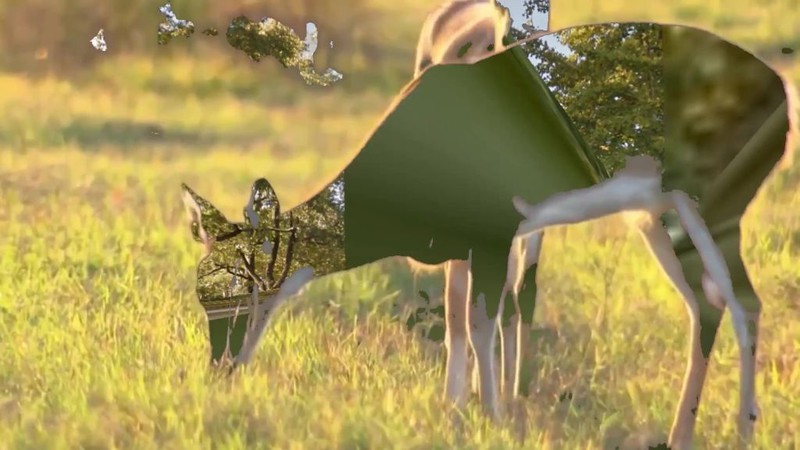
Biotop (A. Kudlová, 2015)
The images of nature, then, can be manipulated to suggest much greater phenomena than the simple swaying of plants or the growth of fungus. Adéla Kudlová uses fauna as a cinematic weapon in Biotop, an experiment with Google Earth. The film begins as a brief virtual tour of the world’s urban spaces. Quickly, though, these city streets are trampled by deer. Digital distortion allows them to step over the landscapes of elevated trains and shiny new buildings. Eventually they themselves become distorted, with some of the backdrop shining through. This meticulously photographed virtual universe turns to chaos, as these charismatic creatures can use technology to reclaim spaces that were once virgin forests. If nature cannot survive in the terrestrial world, perhaps it shall colonize the digital.
Visual trickery also characterizers Petra Sklenařová’s Landscape. Through the use of miniatures, she takes the audience on a trip to remote forests and distant mountains. Matte photographs of nature’s grand vistas are given an added boost of realism by modest imitations of the elements. A match stands in for a campfire. The steam from an off-screen bathtub presents an illusion of fog. Smoke evokes the slopes of a volcano. She demonstrates the power of cinema to evoke nature, even when it may be transparently false.
Of course, the natural world can find its way into a film even without the aid of mountain backdrops or digital deer. Perhaps the most enigmatic work in the program, František Týmal’s Return of the Dinosaurs, uses the chemical etching of celluloid to create glowing abstractions. Yet within these pools of light is something organic and primordial. The constantly morphing green and blue shapes hearken back to the earliest days of life on earth, the single-cell organisms of an ecosystem before time. Some moments even suggest scales or claws, as if predicting the eventual evolution of dinosaurs. Týmal’s brilliant accomplishment is the representation of teeming life without a single image of organic material.
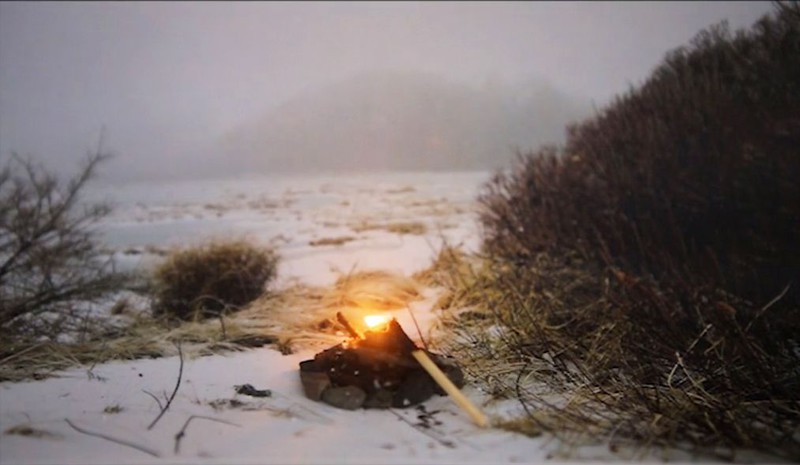
Landscape (P. Sklenářová, 2015)
Yet perhaps the greatest triumph of the programme is that of Anna Kryvenko, who locates the movement of the natural world not in the processes of science, but in human history. Listen to the Horizon, which won Jihlava’s prize for Best Czech Experimental Film, is a found footage distillation of political change and violent conflict.
With the magic of editing, she combines large rallies gathered from across the 20th century and positions them in awe of the same solar eclipse. Through superimposition, she suggests that the vast movements of crowds and armies are like the hot, irresistible flow of lava. As her images shift toward mass transit and mechanized warfare, her suggestions remain predominantly natural. Rocketfire is matched to rain, violent destruction becoming a tremendous storm. The tempests of human history, collective and violent, leave little life in their wake.
And so Listen to the Horizon is probably the most aggressive of these films in its grafting of nature’s movements onto its subject matter. But all of them, in one way or another, use the flow and the logic of the natural world to achieve their artistic goals. This is particularly fascinating given that none of them, save perhaps for Biotop, have an explicitly environmentalist message. Climate change might be the most significant international political issue of our time, and it will only get more urgent. Yet here are a group of Czech experimental films, bound together by their artistic use of nature, that do not explicitly make an effort to join this fight.
Perhaps, then, they can predict something about the artistic art of the 21st century. The growing awareness of environmental issues does not have to be an exclusively political or scientific phenomenon. In the way that nearly every work of art of the 20th century can be seen through the lens of its grand political ideologies, perhaps the art of our new century will be touched by an intimate awareness of the natural world. If that’s true, and if the these experimental films are any indication of quality, it will certainly be a fascinating ride.

